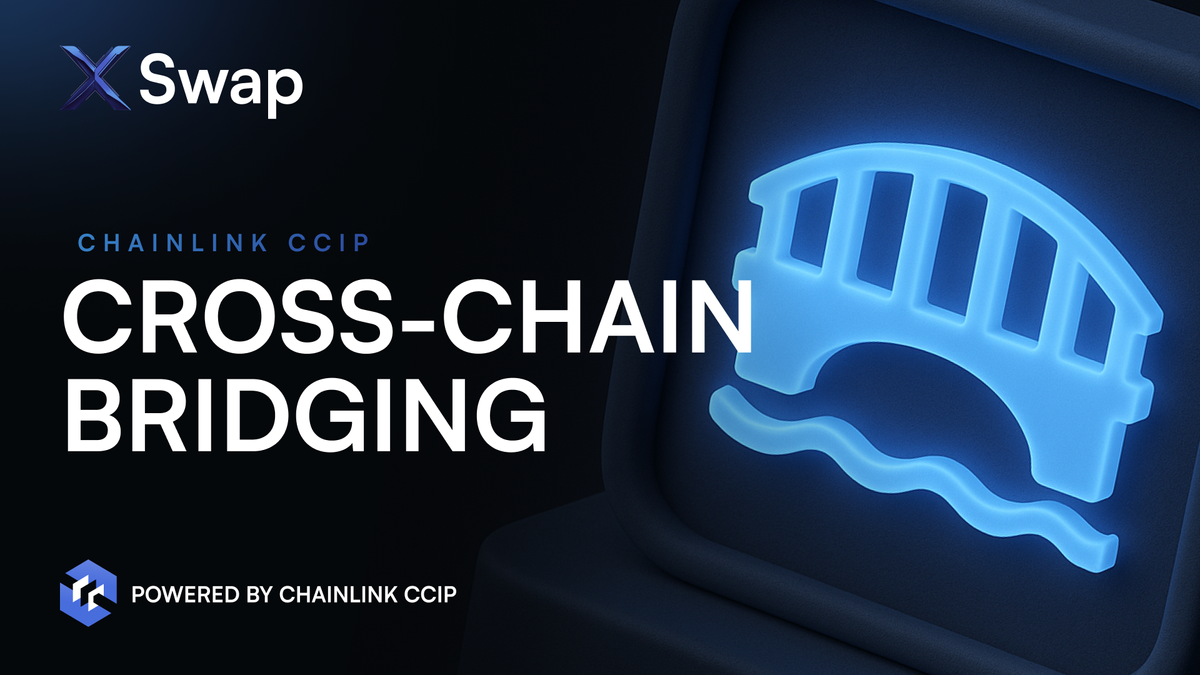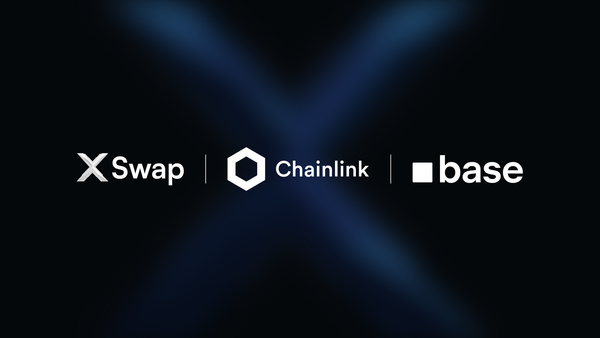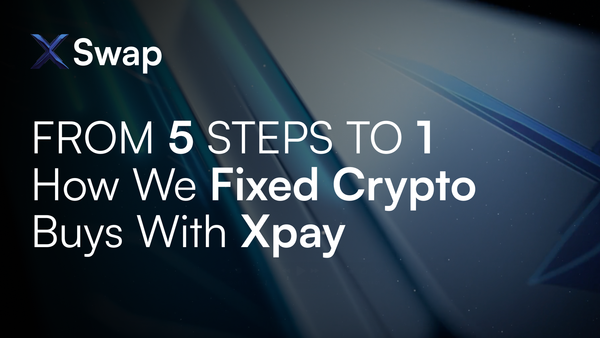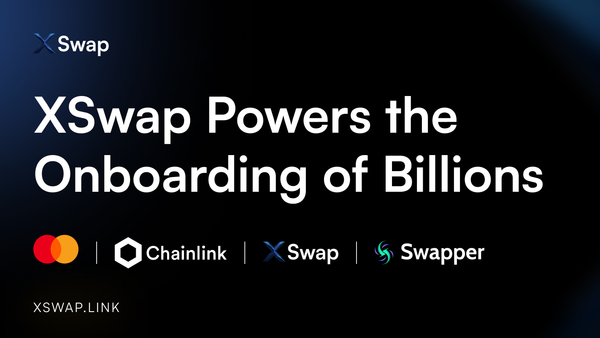How Crypto Asset Bridging Works – And Why XSwap Does It Better

In the world of decentralized finance (DeFi), one of the biggest challenges is moving assets from one blockchain to another. Most blockchains operate in isolation, which means tokens like ETH on Ethereum or USDC on Polygon can’t be used on another chain without help.
That’s where crypto asset bridging comes in.
In this article, we’ll explain what crypto bridging is, how it works, what the risks are, and why XSwap’s approach to bridging is more secure, efficient, and user-friendly.
What Is Crypto Asset Bridging?
Crypto asset bridging allows users to transfer tokens from one blockchain network to another. It’s a way to enable interoperability between ecosystems that otherwise don’t natively communicate.
For example, let’s say you hold USDT on Ethereum, but want to use it on BNB Chain. A bridge allows you to lock your USDT on Ethereum and receive a wrapped version (like USDT.b) on BNB Chain, which you can then use in DeFi apps there.
Bridging makes it possible to:
- Access DeFi apps across different chains
- Move assets to faster or cheaper networks
- Join early opportunities on new chains
Related: https://blog.xswap.link/how-to-safely-transfer-tokens-across-blockchains-a-cross-chain-guide/
How Do Crypto Bridges Work?
Most crypto bridges work by locking tokens on the source chain and minting an equivalent token on the destination chain. This process typically involves smart contracts, liquidity providers, and sometimes custodial parties.
There are two main types of bridges:
- Lock-and-Mint BridgesTokens are locked on Chain A, and new tokens are minted on Chain B.
- Liquidity Pool BridgesAssets are swapped across chains using liquidity pools without wrapping.
Both methods rely on messaging protocols to coordinate actions across chains. And that’s where things can go wrong.
The Problem with Traditional Bridges
Bridges have historically been one of the weakest links in DeFi. Billions of dollars have been lost due to:
- Smart contract exploits
- Misconfigured validators
- Centralized custody risks
In 2022 alone, cross-chain bridges accounted for over 60% of total DeFi exploits.
The takeaway? Bridging is essential—but it needs to be secure.
Related: https://blog.xswap.link/how-chainlink-ccip-powers-secure-cross-chain-trading/
How XSwap Does Bridging Differently
XSwap is a decentralized exchange and bridge platform built for secure cross-chain trading. It uses Chainlink’s Cross-Chain Interoperability Protocol (CCIP) to power asset transfers between networks with maximum security.
Here’s how XSwap improves the bridging experience:
- ✅ No custodial risks—everything is non-custodial and smart-contract based
- ✅ Powered by Chainlink CCIP—the industry’s most secure cross-chain protocol
- ✅ Fully automated swaps and transfers in one UI
- ✅ Support for over 20 blockchains
- ✅ Built-in protection with defense-in-depth architecture
XSwap handles the complexity of bridging in the background. You just pick your token, destination chain, and click swap.
Why Chainlink CCIP Makes the Difference
Most bridges build their own messaging layer—which can be risky and hard to audit. Chainlink CCIP provides a battle-tested alternative.
Features of CCIP include:
- Decentralized validator networks
- Risk management layers
- Level 5 security
- Active fraud monitoring
XSwap is one of the first platforms to adopt CCIP for live, public swaps and bridges—giving users confidence every step of the way.
Related: https://blog.xswap.link/xswap-chainlink-the-future-of-cross-chain-swaps-2/
Use Cases for Crypto Bridging with XSwap
- Move stablecoins from Ethereum to Arbitrum to avoid high gas fees
- Bridge assets from Polygon to Base to explore new projects
- Convert wrapped tokens back to native tokens on your preferred chain
- Stake ETH from any L2 to Lido on Ethereum mainnet with XSwap’s direct staking
All with one interface.
Final Thoughts
Crypto asset bridging is essential to unlock the full power of DeFi. But it shouldn’t come at the cost of security or user experience.
XSwap solves this by combining cross-chain liquidity with secure bridging—all powered by Chainlink CCIP. Whether you’re a trader, DeFi builder, or long-term holder, you can now move assets across chains with full confidence.
Try bridging the XSwap way: 🔗 https://xswap.link/bridge
Stay updated:
X: https://x.com/xswap_link
Telegram Announcements: https://t.me/xswap_link
Telegram Community: https://t.me/xswap_community




